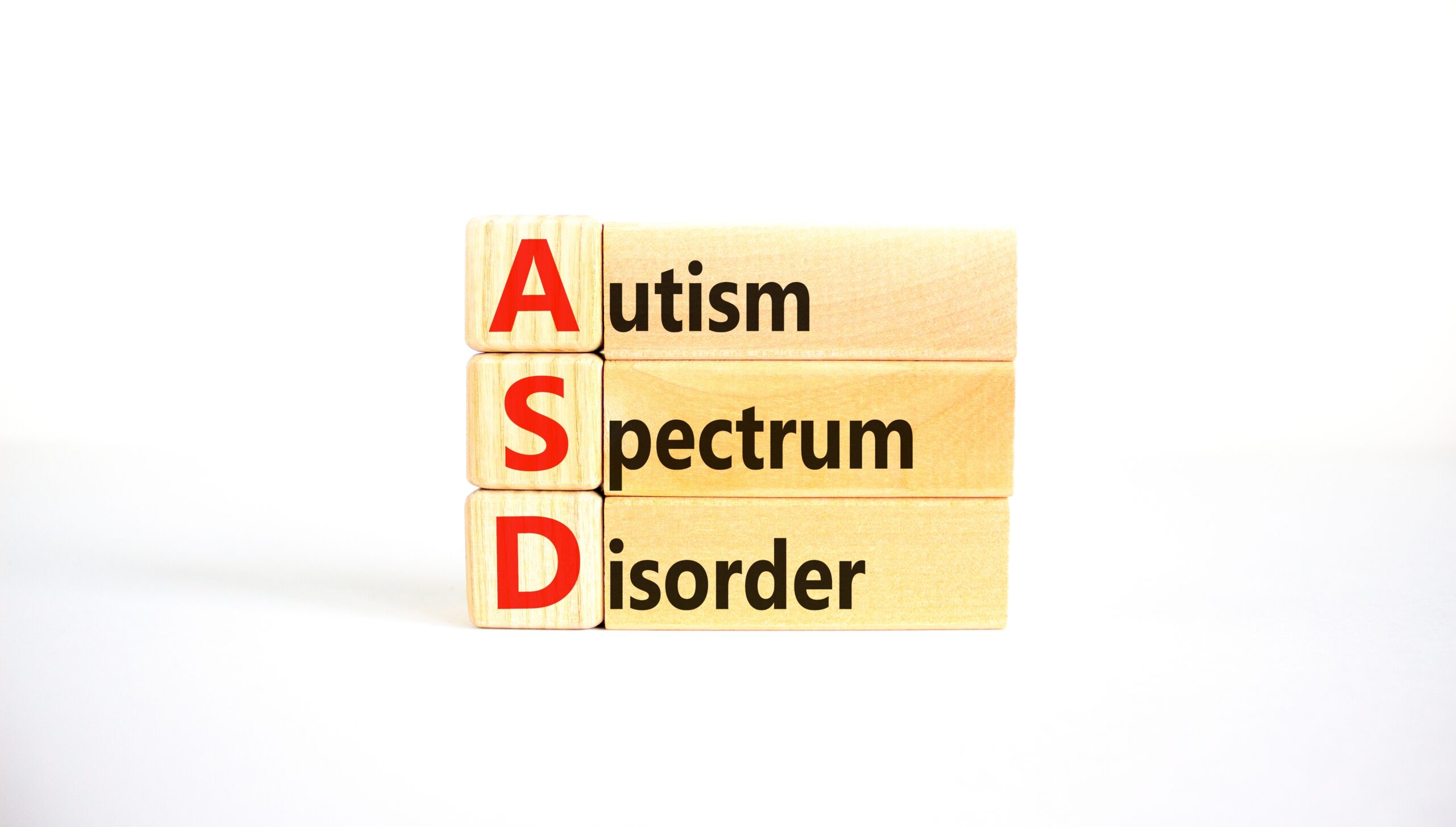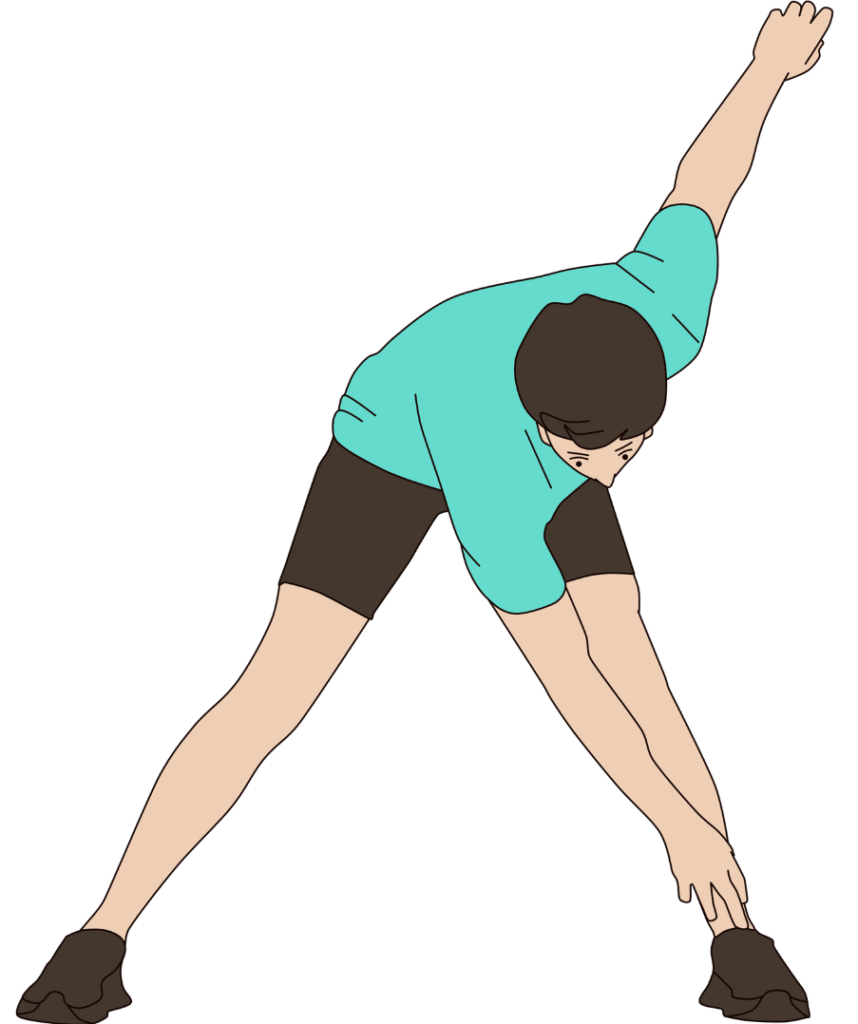Can artificial intelligence revolutionize the early detection of Parkinson’s disease, changing the landscape of diagnosis and treatment forever?
Story Overview
- AI-driven technologies are advancing the early detection of Parkinson’s disease.
- Recent studies show AI imaging can distinguish Parkinson’s with high sensitivity.
- Multimodal diagnostics are improving accuracy over traditional methods.
- There is a push for clinical integration of these advanced tools.
AI and Digital Health: A New Era in Parkinson’s Diagnosis
Recent strides in artificial intelligence and digital health technologies are transforming the diagnosis of Parkinson’s disease, offering a glimpse into a future where early intervention is not just a possibility, but a reality. Historically, Parkinson’s diagnosis relied heavily on clinical symptoms, often leading to misdiagnosis. Today, cutting-edge research integrates AI with imaging, voice, and movement data, promising unprecedented accuracy. This innovation is critical, with over 10 million affected globally and aging populations increasing the disease’s incidence.
These technological advancements are not merely theoretical. Studies have shown that AI-based MRI imaging can differentiate Parkinson’s disease from atypical parkinsonism with up to 98% sensitivity. Such precision was once unattainable, marking a significant leap over previous neuroimaging techniques. The implications are profound, offering hope for earlier treatment and intervention, ultimately improving patient outcomes.
Research and Validation: Building a Strong Foundation
The journey from research to clinical application is a meticulous one. From 2023 to 2025, multiple studies have been published, validating AI tools across various settings. A landmark multi-site study in June 2025, published in JAMA Neurology, confirmed the efficacy of AI imaging for early Parkinson’s detection. These findings are bolstered by large-scale, multi-center validation studies that emphasize the robustness and reliability of these tools.
Institutions like UF Health have already begun deploying the Automated Imaging Differentiation for Parkinsonism (AIDP) software in clinical environments. The integration of AI-driven diagnostics represents a paradigm shift, positioning technology as a pivotal ally in medical practice.
Challenges and Considerations: Ensuring Equitable Access
Despite these advancements, challenges remain. Experts caution that AI tools must be validated across diverse populations to avoid bias and ensure equitable access to these life-changing technologies. It is crucial for ongoing studies to address these gaps, ensuring that advancements benefit all demographics universally.
Furthermore, integration with existing diagnostic workflows requires clinician oversight. The role of healthcare professionals is indispensable, providing the necessary experience and context that machines lack, ensuring that AI serves as a complement rather than a replacement.
Implications for the Future: A Hopeful Outlook
The potential impacts of these developments are vast. In the short term, patients and their families stand to benefit from earlier and more accurate diagnoses, while healthcare systems may see reduced costs due to fewer misdiagnoses. In the long term, the prospect of administering disease-modifying therapies earlier could revolutionize treatment paradigms and clinical trial designs.
Beyond individual patients, these advancements could accelerate the adoption of AI in neurology and other medical fields, setting a precedent for the validation and regulatory approval of digital biomarkers. This could lead to a broader integration of AI in healthcare, transforming how diseases are diagnosed and managed.
Sources:








